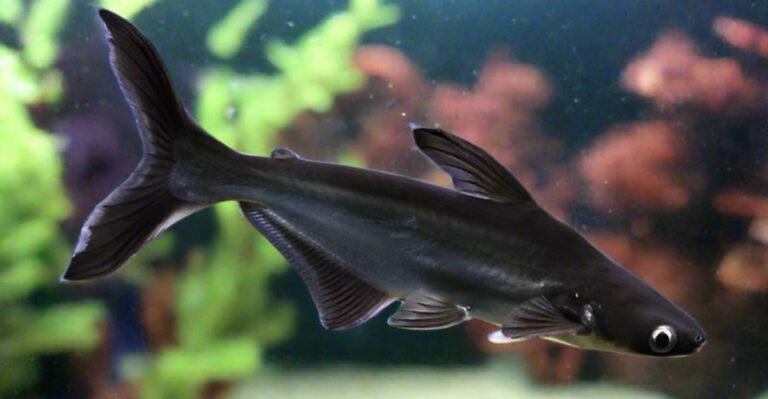Shark Meat Demand Spikes, While Our Oceans Experience A Deepening Silence
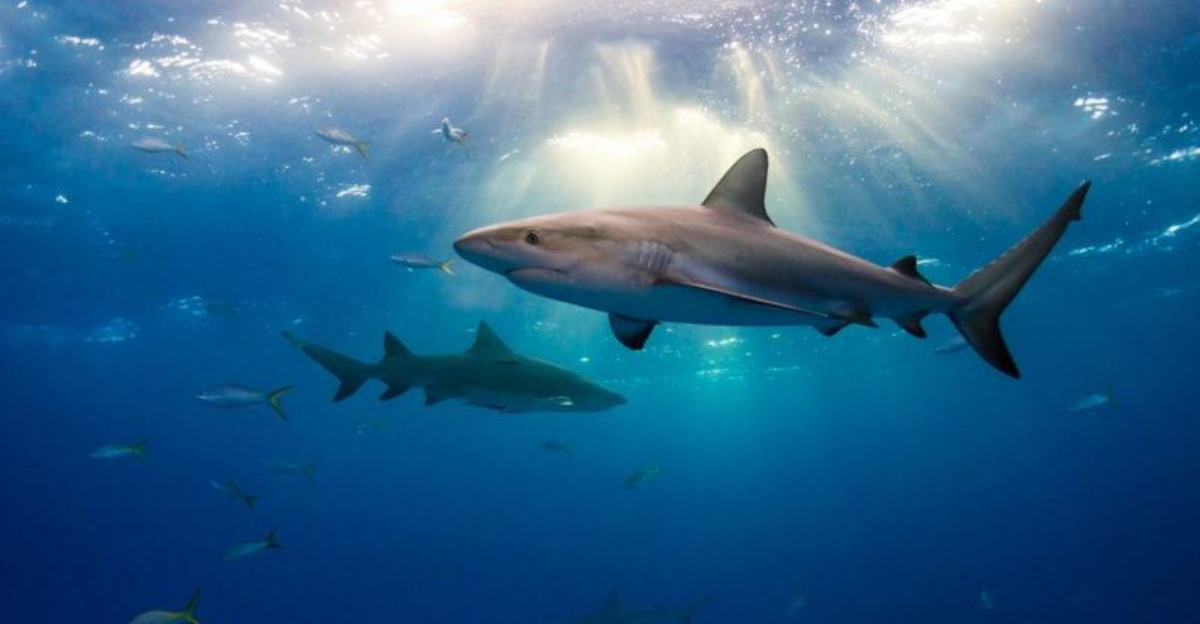
Our oceans are facing a crisis as shark populations plummet worldwide. The growing appetite for shark meat and fins has pushed many species to the brink of extinction.
Sharks, the ocean’s top predators for over 400 million years, are disappearing at an alarming rate, leaving behind ecosystems out of balance and seas that grow quieter each year.
1. Shark Fin Soup – A Deadly Delicacy

Considered a status symbol in some Asian cultures, shark fin soup drives a brutal industry. Fishermen often slice off shark fins and toss the still-living animals back into the ocean, where they sink and suffocate.
The fins themselves have no taste or nutritional value, serving merely as texture in the broth. Despite conservation efforts, a single bowl can fetch over $100 in upscale restaurants.
Scientists estimate that up to 73 million sharks are killed annually just for their fins. This practice threatens not just sharks but entire marine ecosystems that depend on these apex predators.
2. Flake And Chips – Australia’s Hidden Shark Trade

Walk into any Australian fish and chips shop and you’ll likely find ‘flake’ on the menu. Few customers realize this common dish is actually shark meat – typically gummy or school shark species that are now threatened.
Australia’s shark fishing industry harvests thousands of these animals yearly, marketing them under the innocuous name that masks their true identity. Many consumers have no idea they’re eating endangered species.
Regulations exist but enforcement remains challenging. DNA testing has revealed that endangered species often end up battered and served with a side of chips.
3. Ghost Fishing – Abandoned Gear Continues To Kill
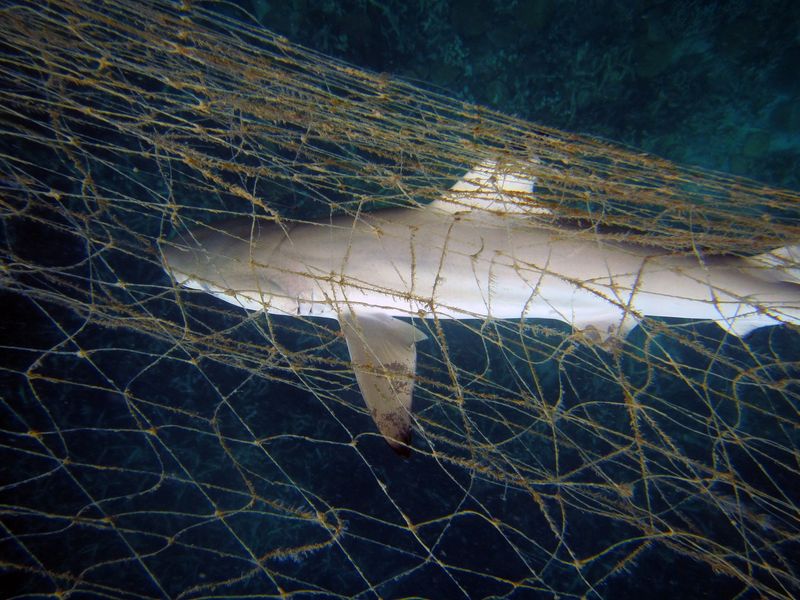
Lost or abandoned fishing nets don’t stop catching fish just because humans aren’t around to collect them. These ‘ghost nets’ drift through oceans for decades, trapping and killing marine life indiscriminately.
Sharks are particularly vulnerable. Their unique body shape and swimming patterns make them easy targets for entanglement. Once caught, they often can’t move forward to push water through their gills, causing them to suffocate.
Each year, ghost fishing equipment claims millions of marine animals. Some estimates suggest ghost gear makes up 10% of all marine litter while causing disproportionate harm to sharks and rays.
4. Shark Liver Oil – Beauty’s Dark Secret
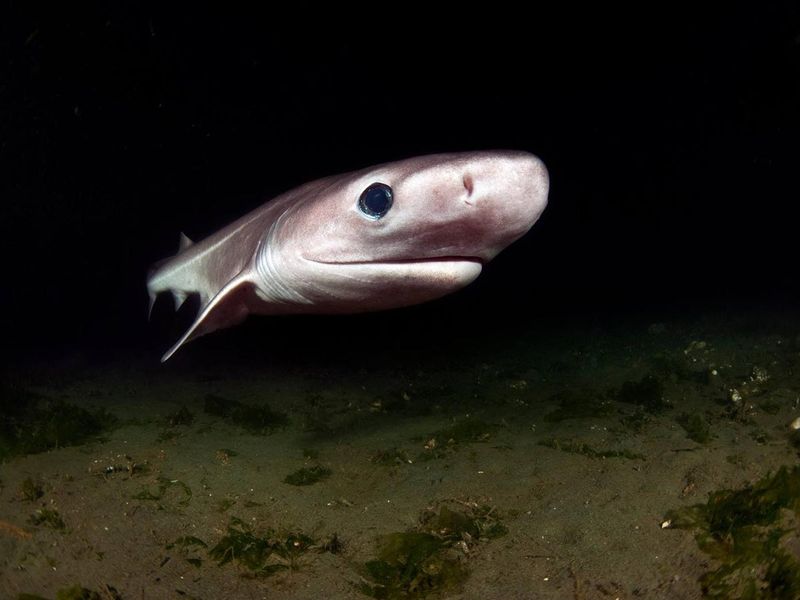
Hiding in many cosmetics is squalene, an oil prized for its moisturizing properties. While plant-based versions exist, the cheapest source comes from deep-sea shark livers. These sharks are specifically targeted for their oil-rich livers, which can make up 25% of their body weight.
Deep-sea sharks grow slowly and reproduce rarely, making them extremely vulnerable to overfishing. Species like the gulper shark have declined by nearly 80% in some regions due to liver oil hunting.
Many consumers remain unaware that their moisturizer or lipstick might contain ingredients from endangered sharks caught through unsustainable deep-sea trawling.
5. Shark Cartilage Supplements – False Promises, Real Consequences
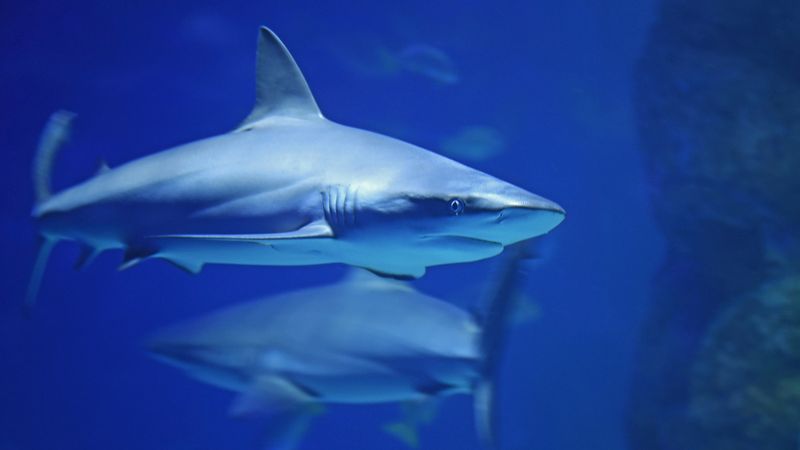
A persistent myth claims shark cartilage can cure cancer. Despite being thoroughly debunked by medical science, this falsehood fuels a supplement industry that slaughters sharks for their skeletons.
Marketers exploit desperate patients with pseudoscientific claims about sharks’ supposed immunity to cancer (they actually do get cancer). The pills and powders sell for premium prices while delivering no proven health benefits.
Meanwhile, shark populations suffer as millions are harvested annually for this fraudulent industry. The cruel irony? Many shark species now face extinction partly because of a fabricated health claim.
6. Bycatch – The Accidental Death Sentence
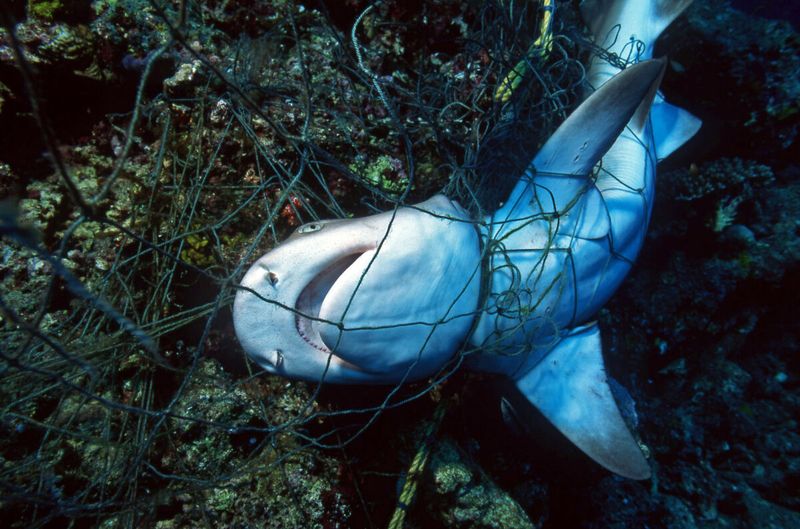
Commercial fishing operations targeting tuna and swordfish unintentionally hook something else – millions of sharks. This ‘bycatch’ occurs when longlines stretching up to 60 miles with thousands of hooks catch whatever swims by.
For every target fish caught, longlines can snare multiple sharks. Some fishing operations discard these accidental catches, often already dead or dying, as unwanted trash.
Modern fishing techniques like circle hooks can reduce shark bycatch, but adoption remains slow. Even when regulations require releasing sharks, many don’t survive the trauma of capture, handling, and release.
7. Shark Meat Mercury – A Hidden Health Hazard

Sharks sit at the top of marine food chains, accumulating every toxin their prey has consumed. This biological process, called biomagnification, makes shark meat among the most mercury-contaminated seafood available.
Regular consumption of shark meat can lead to mercury poisoning, causing neurological damage, kidney problems, and birth defects. Particularly vulnerable are children and pregnant women.
Despite these risks, shark meat is rarely labeled with appropriate health warnings. In many countries, consumers remain uninformed about the dangerous levels of mercury, lead, and arsenic they’re potentially ingesting with each shark meat meal.
8. Shark Tourism – Double-Edged Sword
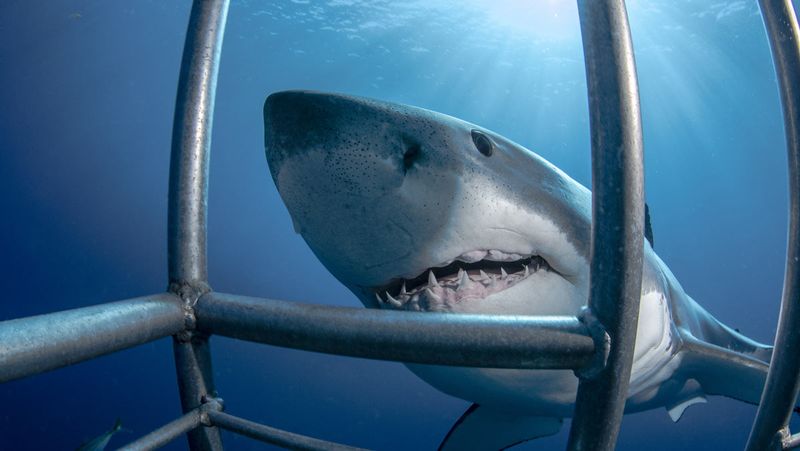
Cage diving and shark watching tours generate over $300 million annually worldwide. When done responsibly, these activities can help sharks by giving them economic value alive rather than dead.
However, not all operators follow best practices. Some use chum (fish blood and parts) to attract sharks, potentially altering natural behavior patterns. Others allow too much human interaction, stressing the animals.
The best shark tourism operations contribute to research and conservation while maintaining strict guidelines. They prove sharks are worth more swimming than in soup – a living shark can generate millions in tourism revenue over its lifetime versus a one-time value as meat.
9. Ecological Collapse – When Sharks Disappear
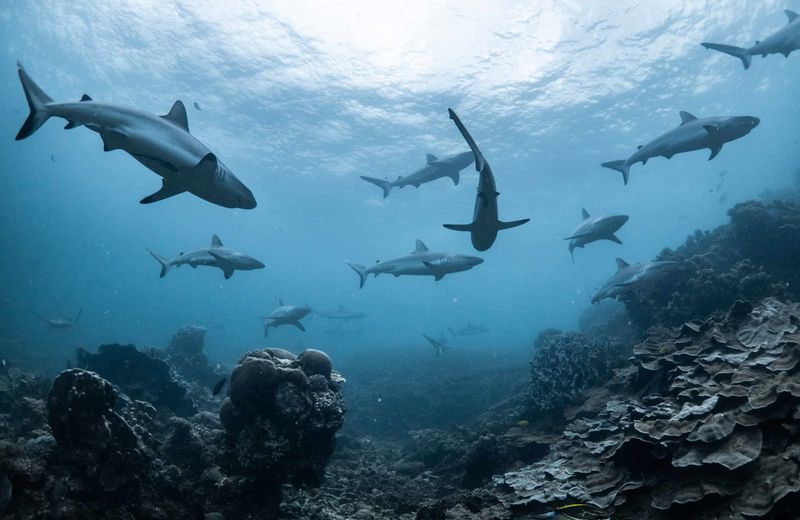
Remove sharks from a reef, and watch the entire ecosystem unravel. Without these apex predators, mid-level predators boom unchecked, devouring smaller fish that normally keep algae in check.
The result? Coral reefs smothered by algal overgrowth, destroying habitats for countless marine species. Scientists have documented this cascade effect in multiple regions where shark populations have plummeted.
Beyond reefs, sharks help maintain healthy fish populations by removing sick or weak individuals. Their disappearance creates marine ecosystems increasingly out of balance – quieter, less diverse, and ultimately less productive for the fisheries humans depend on.
10. Shark Finning Bans – Legal Loopholes
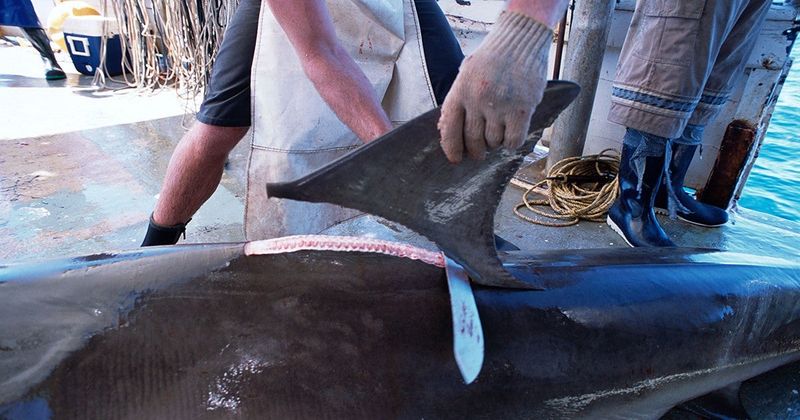
Many countries have banned shark finning – the practice of removing fins and discarding the body at sea. However, these laws often contain critical loopholes that allow the fin trade to continue virtually unabated.
Some regulations only prohibit finning at sea but permit landing whole sharks, after which fins can be legally removed and sold. Others lack enforcement resources, making the bans essentially symbolic.
Even with laws in place, illegal shark fins easily enter legal markets through countries with weak regulations. The solution many conservationists advocate for is “fins naturally attached” policies – requiring all sharks to be landed with their fins still connected.
11. Slow Reproduction – Sharks Can’t Keep Up

Unlike fish that produce millions of eggs, sharks give birth to few young after long pregnancies. A female great white might have just 2-10 pups after a 12-month gestation, then wait years before breeding again.
This reproductive strategy worked for millions of years until industrial fishing arrived. Now, sharks simply can’t reproduce fast enough to offset fishing mortality. Some species take over a decade to reach sexual maturity, making population recovery extremely slow.
Scientists compare shark reproduction to that of elephants or whales rather than other fish. Their biological limitations make them uniquely vulnerable to overfishing and explain why many populations have crashed by over 90%.
12. Rising Demand – New Markets For Shark Products
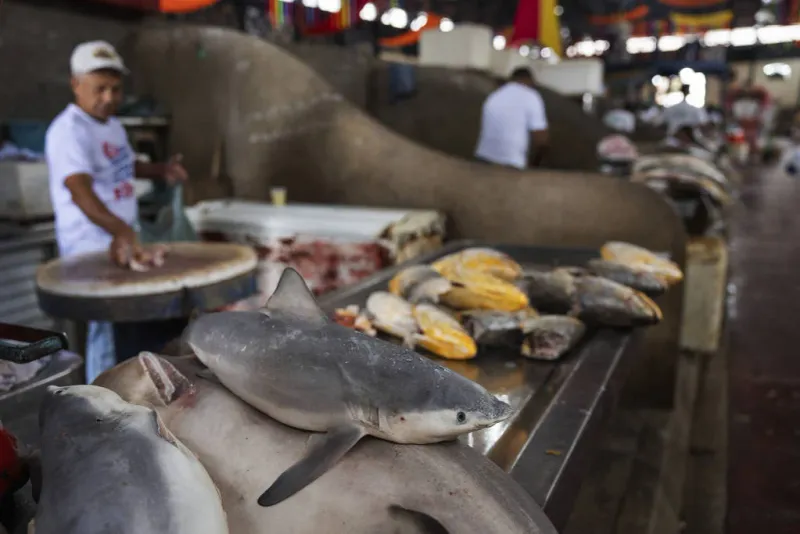
As traditional shark fin markets face growing criticism, new demands for shark products have emerged. Shark meat consumption is increasing in countries where it was historically uncommon, often marketed under misleading names to avoid stigma.
Brazil now ranks among the world’s largest shark meat consumers, while European nations import thousands of tons annually, frequently labeled simply as ‘fish.’ In the United States, shark appears on menus as ‘sea steak’ or other creative terms.
Meanwhile, shark leather, teeth, and cartilage find their way into fashion accessories, souvenirs, and alternative medicine. These expanding markets create new pressures on already vulnerable shark populations worldwide.
13. The Ethical Dilemma And The Future Of Our Oceans
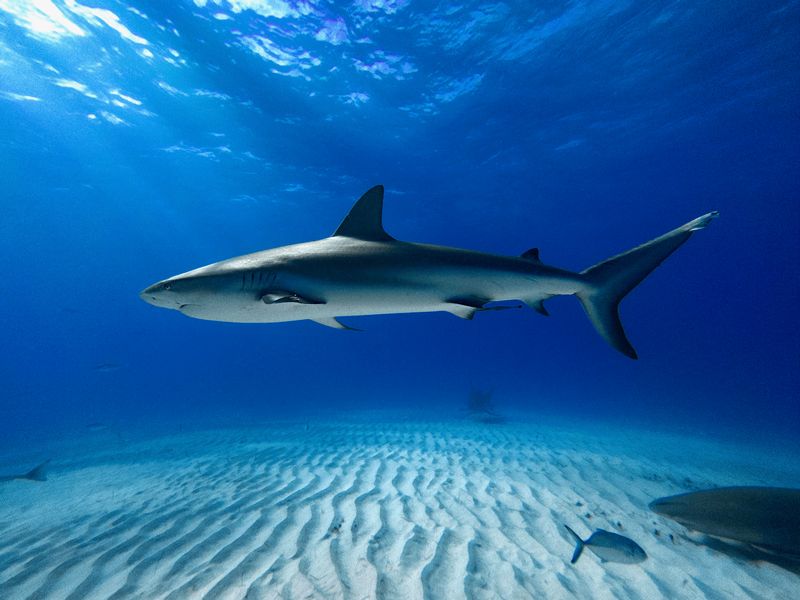
The rising demand for shark meat presents significant ethical challenges, as it threatens the delicate balance of ocean ecosystems.
Sharks play a vital role in maintaining marine health, and their decline could lead to long-term consequences for biodiversity.
As conservation efforts struggle to keep up with the growing exploitation of these apex predators, it’s crucial to consider the future of our oceans.
The ethical dilemma lies in finding a sustainable solution that meets demand while ensuring the survival of shark populations and the overall health of marine environments.



